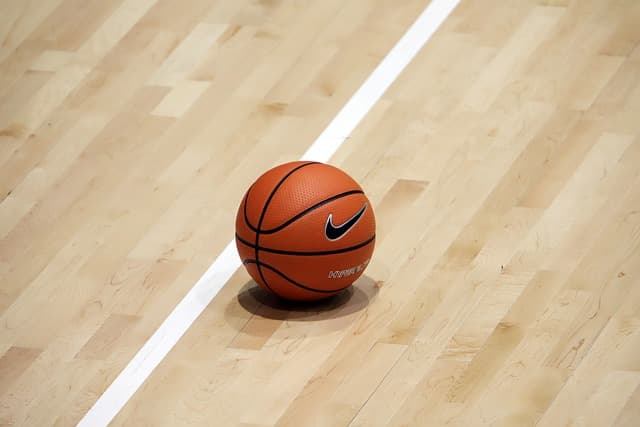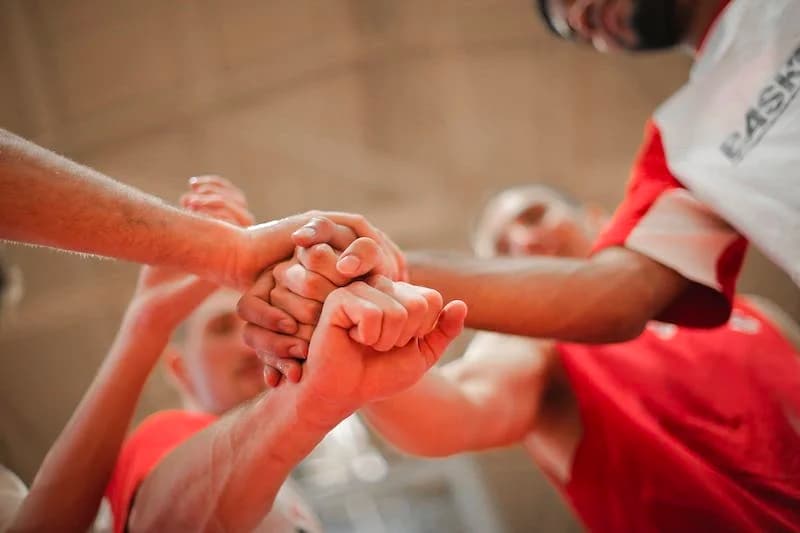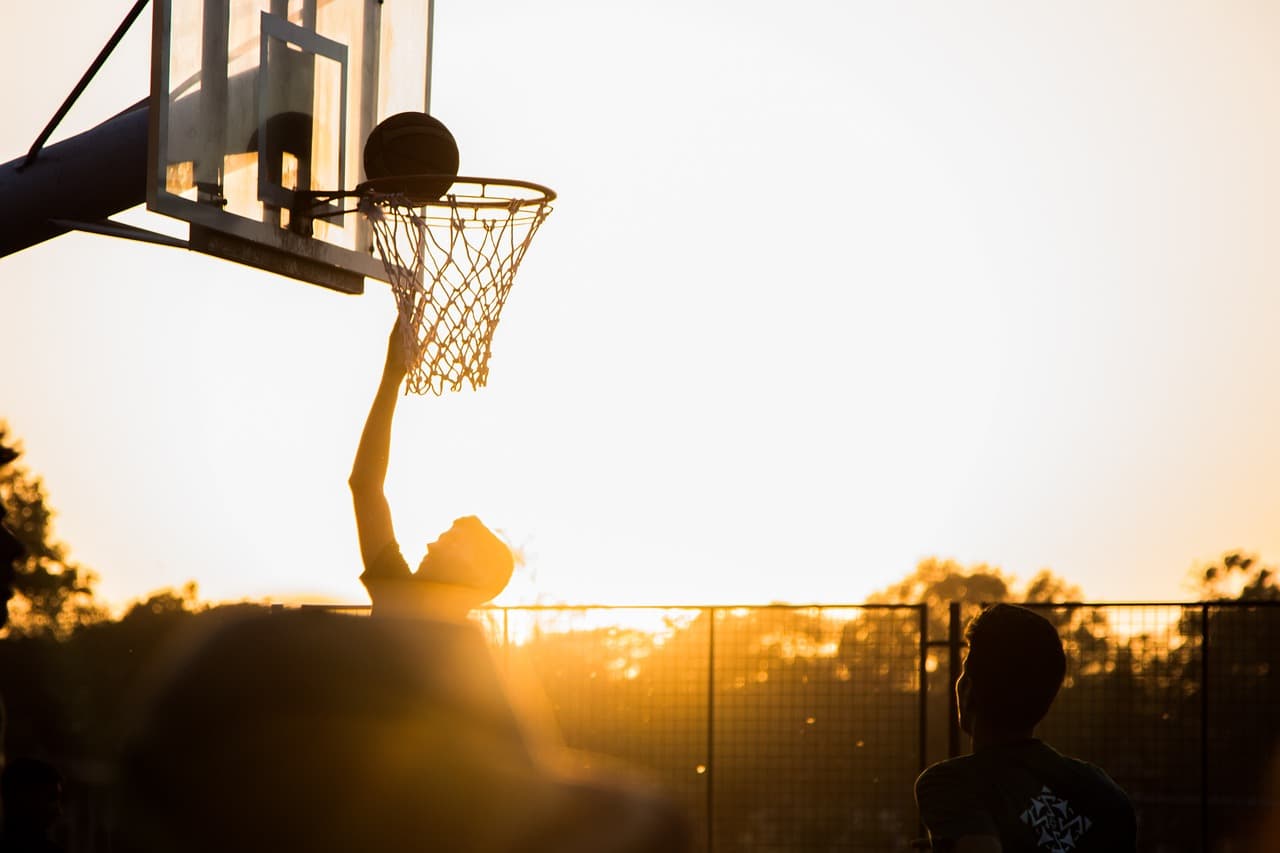Modern basketball places high demands on the level of physical fitness of athletes. During the game a basketball player performs a large amount of high-intensity work.
Intensification is a common leading trend in modern sport. In basketball it is manifested in:
- An increase in the density of game actions in competitions, i.e., an increase in the number of their performance per unit time
- Decrease in time of execution of both techniques in general and their individual phases (for example – the “speed” of shooting)
- rapidity and promptness of tactical interactions, reduction of the number of game moves
Physical Preparation – a process aimed at the development of physical abilities and capabilities of organs and body systems of the athlete for the successful mastery of skills game and effective competitive activity. Physical training in basketball consists of two types – general and special physical training. Between them there is a close relationship, sometimes they are not differentiated and called athletic training.
General physical preparation – a process of versatile education of physical abilities and improve the general performance of the athlete.
The objectives of general physical training include:
- health promotion;
- cultivation of the main physical qualities;
- increasing the level of overall performance;
- Improvement of vital skills and abilities.
Types of athletic training in the older age group:
- power training proper, including exercises on simulators
- cross training
- power and speed training on the basis of athletics
- Competitive training and complex training with an active use of weights.
Power Training of Basketball Players
Basketball is becoming more and more of a contact strength game. About 70% of all movements of a basketball player have a high-speed strength character. This requires players, especially center players, to have special physical training. They must have explosive strength – the ability to display their strength qualities in the shortest amount of time. In basketball they can jerk, jump, make quick passes, wrestle with the basket and counterattack.
People strong by nature are few; they become strong by performing special exercises.
The specificity of strength training for center players is that you must first create a base, the foundation for building strength, and then continuously build it up. Absolute power is the ultimate power of a given player when performing a movement, without taking into account his own weight. Relative strength is the strength in relation to the player’s weight.
As a rule, tall players are prone to spinal curvatures and deformations. Therefore, they especially need to create a muscle corset to support the spinal column and strengthen the abdominal muscles. Only after that can we move on to training with heavy weights. They also need training to develop speed.
The main methods of education and improvement of strength
- Repeated lifting of the non-limit weight “to failure” with maximum intensity;
- method of circular training;
- Method of coupled actions, interval method, competitive method.
Basic exercises for strength development
Let’s consider one of the above typical representatives – circuit training with competitive elements.
Strength training should be worked on 3 times a week for 1 to 1.5 hours. Exercises should be done in groups of 2-3 people with approximately the same height, weight, and game skills.
Working on strength training, you can set different goals. Squatting, jumping out at an average pace of 5-7 times, in several approaches, develop their own strength.
To develop speed and strength ability requires a barbell no more than 45 percent of your own weight – these exercises should be performed lying on a bench at maximum tempo 10-12 times. For speed and strength endurance at an average pace until complete fatigue the exercise is performed with a weight of up to 10-15 kg 15-20 times.
- Bench press on back with maximal weight. 3-4 approaches until the feeling of
Tiredness. - Steps in basketball rack with bar, ‘pancake’ or kettlebell in hands from 30 seconds to 1 minute back and forth, left and right. Arms bent at the elbows to imitate the upward and outward motion of the ball. Weight of kettlebells or ‘pancake’ for centers is from 20 to 30 kg. 3 – 4 sets.
- Slow squat with barbell on shoulders and quick get up or jump out. Barbell 70-80% of own weight until the feeling of fatigue (up to 8 times). 3-4 approaches. Variation of this exercise: Lift on toes from half squat.
- One-minute jumps for 1 minute on straight legs with 25-30 kg weighted load above head. Try 3 – 4 approaches.
- Pulling up on the bar with an increase of quantity in each approach for 1 time. 3-4 approaches. Push-up from the floor on fingers until tired. 3-4 approaches.
- Jerk barbell on outstretched arms from half-sitting position. Weight of barbell-70-80% of own weight until fatigue. 3-4 approaches.
After finishing exercises with weights, players do 2-3 jerks with ball driving and relax before a new approach after 2-3 minutes.
There are a number of exercises that develop explosive strength
These are slightly less related to the basketball theme. Examples include putting or throwing heavy balls at a distance, dragging, pushing or pulling partners out of areas marked on the floor, ripping balls out of opponents’ hands, elements of free-style wrestling and sambo, etc.
Specific examples of such exercises:
- Pushing a medicine ball with the legs from a sitting, lying position. Competition on distance.
- Transmission of a medicine ball with one hand from the shoulder, from below, from the side, with a hook, with two hands from below, from behind the head.
- Pushing a partner out of the circle: with back, side, chest (without the help of hands).
- Same with leading ball, same with two balls.
Speed and strength qualities and leaping ability
These qualities are reflected in quickness and timeliness of a jump, control of own body, accuracy of landing and ability to perform immediate follow-up actions, ability to repeatedly jump within a short period of time (serial jumping ability) and performance of jumps from a place or a short jump-off.
Developing jumping ability, first of all, it is necessary to strengthen ankle joint, make it strong, elastic and able to resist injuries. To this end, you need to devote at least five minutes every morning to strengthening the Achilles tendon and ankle joint.
It is useful to bend the feet with a shock absorber, with the burden or overcoming the resistance of a partner. It is good to use medicine balls – to roll them with your feet. You can walk and jump on your toes with a weight in your hands or on your shoulder. Effective for strengthening the foot and lower leg, jumping in the sand, with a rope, jumping over a barrier on your toes, on one or both feet.
For the knee joint, it is useful to rotate the knees 30-40 times in both directions. In addition, bending the legs at the knee joint with weight, jumping out with weight, walking on half-bent legs with a barbell – in the squat, in the half-sitting with turns for each step is recommended.



